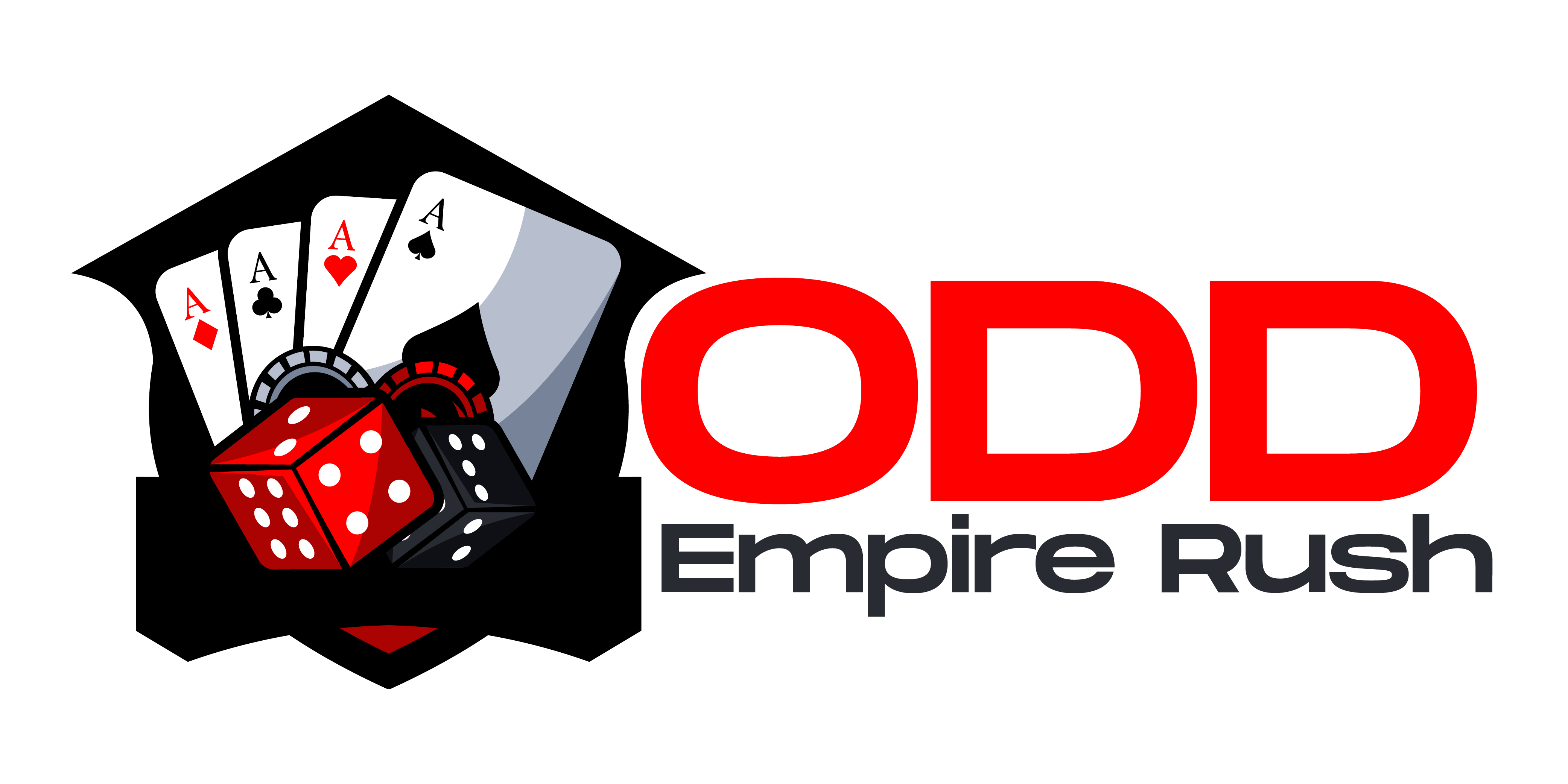Introduction: Why In-Play Betting Is Everywhere Now
In-play betting, also known as live betting, has rapidly become one of the most engaging and widely adopted forms of sports wagering. It allows bettors to place wagers while a game or match is already in progress, opening up a fast-paced, real-time betting experience that wasn’t possible a decade ago.
What Is In-Play Betting?
Unlike traditional pre-game bets, which are placed before an event begins, in-play betting lets you react to events as they unfold. This dynamic allows for:
- Wagering on outcomes such as the next goal, the next point, or the result of the current possession
- Adjusting bets based on live momentum and performance
- Making multiple betting decisions throughout a single event
Why It’s Gaining Popularity
The rise of in-play betting can be attributed to several overlapping trends in sports and technology:
- Instant Gratification: Bettors can enjoy nearly immediate feedback on their wagers.
- Constant Engagement: In-play content keeps users connected from kickoff to final whistle.
- Mobile-Friendly Experience: Most platforms are optimized for real-time betting via smartphones, making it accessible from anywhere.
- Enhanced Entertainment: Watching a game becomes more interactive when there’s something riding on every moment.
What Sets It Apart from Traditional Bets
While traditional betting relies largely on pre-game analysis and fixed odds, in-play betting is more fluid and reactive. Key differences include:
- Dynamic Odds: These shift constantly depending on what’s happening on the field.
- Higher Volume, Smaller Stakes: Bettors often place more frequent, lower-stake bets.
- More Bet Types: In addition to standard outcomes, bettors can wager on micro-events throughout the game.
In-play betting doesn’t just reshape how bets are placed—it changes the way people watch and engage with sports entirely.
The Tech Behind the Shift
In-play betting couldn’t explode without the tech to back it up. At the heart of it: real-time data streams and lightning-fast APIs. Every pass, foul, and timeout is captured, processed, and pushed to bettors in near real-time. No delays, no lag. That means odds can shift within seconds—keeping the experience reactive and alive.
Mobile platforms have stepped up too. Streamlined interfaces, faster load times, and stronger backend support have turned smartphones into fully-operational betting terminals. Latency improvements are no small detail—they’re the difference between grabbing a great odd or missing the moment entirely.
Sportsbooks have invested heavily in making the user experience frictionless. Live graphics, seamless refresh rates, and instant bet confirmations give users the confidence to engage. There’s no fumbling or finger-crossing, just fluid interaction. It’s not just about betting anymore—it’s about being part of the action in real time.
Changing Bettor Behavior
In-play betting has flipped the script on how people wager. It’s less about long-term odds or deep pre-game research, more about quick decisions in real time. Bettors don’t just set and forget anymore—they ride the waves of the match, adapt to momentum shifts, and lean in when the action spikes. Strategy hasn’t disappeared, but it’s taken a back seat to engagement.
This new style rewards reaction speed. A foul, a substitution, a red card—these moments trigger bets in seconds. It’s a faster, more fluid experience, and bettors are adjusting their habits to match. Forget spreadsheets and hours of analysis. If you’re not paying attention in real time, you’re already behind.
At the same time, sports fans are turning into multi-screen operators. One eye on the game, the other on the sportsbook app. It’s second-nature now: watch the stream, read the stats, make a call. This cross-screen rhythm enhances involvement but makes it easier to overdo it. The line between viewing and wagering is paper-thin, and that’s by design.
In-play betting is as much about the now as it is about the numbers. For better or worse, engagement is the new edge.
Risk and Reward: The Appeal of Live Odds
In-play betting lives and dies by timing. The odds shift constantly—second by second, play by play. One pass, one missed shot, and the lines move. There’s adrenaline in seeing a live moment and jumping in before the number changes. That rush? It’s what keeps so many bettors glued to their screens.
But it’s not just win-or-lose outcomes anymore. Live betting lets you wager on ultra-specific moments: who scores the next goal, who commits the next foul, what team takes the next corner. These microbets give games a new kind of pulse. You’re not just watching—you’re reacting, predicting, betting in real time.
Of course, there’s a line to walk. The entertainment value is obvious. It’s high-speed, high-stakes fun. But making decisions purely off impulse is how bankrolls get torched. Smart bettors slow the game down in their heads. They study momentum. They spot patterns. And they know when to sit one out.
Live odds are thrilling, no doubt. But blending excitement with sharp judgment is where the long-term edge lives.
The Role of Advanced Analytics
In-play betting doesn’t rely on guesswork—it runs on data. Beneath the flashy interfaces and real-time odds sits a backbone of live data models and predictive algorithms that crunch thousands of variables in seconds. Sportsbooks are no longer just reacting to events; they’re anticipating them. Player fatigue, momentum swings, even weather patterns—these models weigh it all in real time.
When you see odds shift mid-game, it’s not emotion behind the curtain. It’s math. Sportsbooks use a constantly adjusting blend of pre-game data and in-play stats to calibrate the odds on the fly. If a star player gets injured or a penalty swings momentum, the algorithms react faster than any human trader can. It’s part risk management, part machine intelligence.
This also means the edge is razor-thin. Bettors who want to stay competitive need to understand not just the sport, but the data science in play. It’s not about betting harder—it’s about betting smarter.
Want a closer look under the hood? Dive into The Role of Data Analytics in Shaping Betting Markets.
Regulatory Landscape and Ethical Questions
The regulations around in-play betting are a patchwork—and they’re changing fast. Some countries have tight controls, even outright bans on live betting, while others give operators wide latitude. Bettors crossing borders (even digitally) can find themselves navigating wildly different rules. It’s a regulatory minefield, and one that sportsbook platforms, tech providers, and users need to respect.
But the conversation isn’t just about legality—it’s about ethics. In-play betting happens fast. One minute you’re watching a corner kick; the next you’re placing money on who scores next. That speed can lead to impulsive behavior. Some users spiral into problem gambling territory without realizing they’ve crossed a line.
Responsible platforms are starting to step up. Features like in-app time limits, betting pauses, and clearer win-loss breakdowns are becoming more common. Some are even integrating warning prompts or automated checks when user behavior signals risk. The smart platforms know that long-term sustainability means protecting users—not just chasing volume.
The balance is tricky: deliver thrill without tipping into addiction. And that’s a challenge that won’t go away anytime soon.
What’s Next for In-Play Betting
The in-play betting market isn’t just rising—it’s accelerating, hard. Forecasts show the global live betting sector poised to outpace traditional wagers within the next two to three years. More sports, more viewers, and more devices all point in one direction: exponential growth.
Streaming platforms are part of the reason why. Sportsbooks are integrating directly with broadcast apps, offering seamless click-to-bet options within live games. No more flipping between tabs or refreshing odds. The line between watching and wagering is getting erased in real-time.
Then there’s AI, stepping in to make everything sharper. Algorithms can now detect momentum swings, suggest opportunistic bets, and personalize live odds based on past behavior. It’s not just about speed—it’s about smarter decisions under pressure.
In-play betting is becoming faster, more intuitive, and more deeply woven into the way fans watch sports. The next phase isn’t evolution—it’s full integration.
Final Thoughts
In-Play Betting: A Game Changer
In-play betting isn’t just a trend—it’s a fundamental shift in how fans experience and engage with sports betting. The ability to wager as events unfold has turned passive viewing into an interactive, real-time opportunity that combines instinct, data, and rapid decision-making.
It’s Fast, It’s Fun—but It’s Not Without Risk
The appeal of live betting lies in its speed and unpredictability. But with that comes the need for discipline. The thrill can be intense, and the temptation to react impulsively is high.
Key mindset tips for bettors:
- Approach live betting as entertainment, not a financial strategy
- Avoid chasing losses, especially after quick swings in odds
- Set time and money limits before betting begins
- Use data and context—not just instincts—for decision-making
Stay Sharp, Keep Learning
Live betting rewards those who evolve with the landscape. Whether it’s keeping up with analytics tools, rule changes, or platform capabilities, success comes to those who stay informed and intentional.
Going forward:
- Monitor new features from sportsbooks and betting apps
- Understand how odds are generated in real time
- Evaluate your own habits and adjust strategies accordingly
In-play betting is here to stay—and for savvy bettors, it offers new ways to enjoy sports responsibly and intelligently.


 Korlan Yvonthor is the co-founder of oddsempirerush and a leading voice in sports analytics. Combining technology, data, and strategy, he plays a key role in shaping the platform’s vision and delivering trusted resources for sports betting enthusiasts.
Korlan Yvonthor is the co-founder of oddsempirerush and a leading voice in sports analytics. Combining technology, data, and strategy, he plays a key role in shaping the platform’s vision and delivering trusted resources for sports betting enthusiasts.

